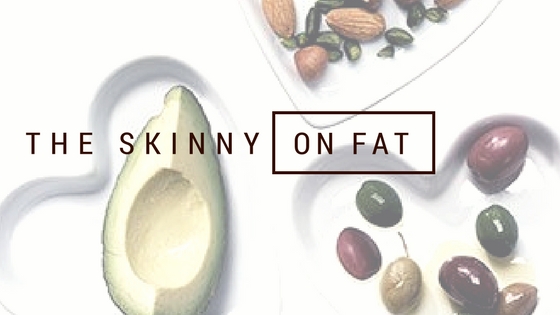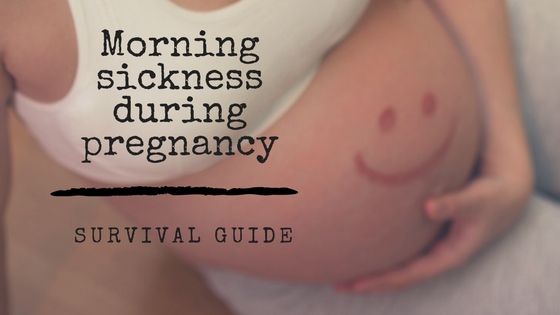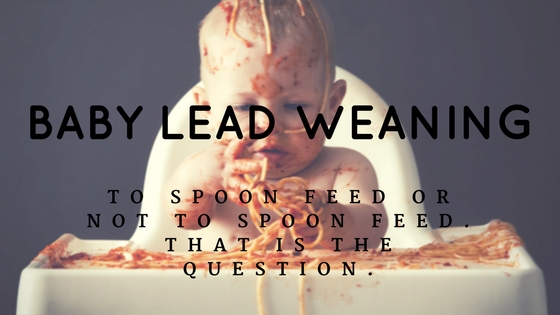When your job is giving people nutrition advice for a living, you always think that when it comes to yourself, you will obviously be the PERFECT candidate. Usually…this assumption is correct…but when it came to my own pregnancy, it was much harder to follow my own advice. Not because of the cravings or the overwhelming tiredness…my husband was actually amazingly supportive through that part…but because of the incredible nausea I was inflicted with from week 6 until at least week 15. Now this may not seem like a very long period of time and I always thought that it was just a morning thing, they call it morning sickness after all! But, for some people…including myself…it’s an ALL day, 24 hour a day thing that knocks you on your butt. There was a silver lining, a lot of my friends so wisely told me, the morning of their thirteenth week, when they woke up…it was like a switch went off and their morning sickness abated and they returned to business as usual. When I woke up the morning of my thirteenth week I was rudely awoken by one of my most sick days yet. I was so worried I’d be one of those “lucky few” that had morning sickness their entire pregnancy. Luckily, 2 short weeks later I was feeling back to my old self.
So what is the point of my rant? To say that nutrition completely fell out the bottom and that I was a horrible Dietitian and Momma to be for those couple months? Nope! It’s to share with you through a Dietitian perspective AND an expecting Momma perspective some great tips and tricks for keeping your nutrition, your health and the health of your baby in check. Through it all my blood work remained excellent and my weight and size were all within healthy, normal ranges. So here are my 6 top tips and tricks for expecting, super nauseous, super tired Mommas.
One Eat often and consistently. The old saying, eat 3 meals a day needs to be thrown out the window when you’re expecting. You should aim for 6 small meals throughout the day and wait no more than 2 hours in between snacks or meals. I learned this the hard way and my body was really sensitive. If I didn’t eat within 2 hours or if I ate too much I became sick. I found it helpful to have a snack directly before bed and also immediately upon waking. This lead to my super happy discovery of second breakfast (it’s not just for Hobbits!!!)! I found the only way I felt my best was having a bowl of cereal as soon as I got up and then I would have my big breakfast with eggs, yogurt and fruit when I felt up to eating an hour or so later. If I didn’t eat and went about preparing a big breakfast, I was sick before I finished cooking it.
This suggestion comes from the idea that your body is sensitive to hormone and blood sugar changes much more in pregnancy and particularly during your first trimester. Eating every 2 hours keeps your stomach full and your blood sugar stable. Both of these together promote happy tummies!
Two Preparation is key! On your good days…trust me, you will have good days…prepare some snacks and meals and put them in the fridge. On days when you’re feeling particularly horrible, you’re not going to feel up to making food. Sometimes you will have no interest in it at all but you know you have to eat to get the nutrients in your body that growing baby needs. Having a variety of snacks and meals available saves you both the energy and the guess work out of creating a healthy meal or snack. Wash some fruit and veggies then portion them out into containers for single servings, measure out a ¼ cup of nuts or seeds into baggies, cut up some cheese for cheese and crackers, bake an extra chicken breast or boil an extra egg. These are just a few ideas, but you get the drift, always make extra and have some snacks on hand! If you have a super supportive partner or a toddler at home, get them to help you. The more the merrier, plus you get to save some energy which is surely in high demand these days!
I have 3 crispers in my fridge, one is a designated snack crisper. You will find portioned cheese, fruit, nuts, veggies, homemade granola bars (recipe here) and tons of other things there on any given day. Creating a snack space is a great way to organize your space and keep you motivated in your meal prepping venture.
Three Listen to your body. Some things will totally turn your stomach, and some things you will want to eat every day because you know they didn’t make you sick, plus you might be having those pregnancy cravings (I ate tacos almost every day for 3 weeks!). Avoid the things that make you sick. Eggs for example are super healthy and a great and easy source of protein BUT they have a smell that can turn anyone’s stomach, not just the heightened senses of an expecting Momma! So, if you aren’t feeling up to eating, or even thinking about eggs there are tons of other breakfast options that have protein. Steel cut oats for example are a great source of iron and protein, Greek Yogurt can have up to 14 g of protein per serving, plus lots of calcium for growing baby, nuts and seeds are also a great source of protein and contain essential omega 3’s for baby’s growing brain. So don’t sweat the small stuff, my point is, if 1 food is offending your nose and your stomach, there are tons of other options with great health benefits too. Don’t eat something that you think is healthy and wind up getting sick. Eating is about providing nutrition yes, but it’s also about enjoyment! The important thing is that you eat a wide range of foods including proteins, fruits and veggies, whole grains and foods high in calcium and omega 3.
Four Stay hydrated. Hydration is key during pregnancy. Dehydration can cause health complications for both you and your baby so it’s important to keep those fluid levels up. I found this one hard because water was so bland some days it actually contributed to my morning sickness. An important thing to remember is that water isn’t the only way to stay hydrated! Milk and fruits and veggies contain lots of water too, plus tons of other nutrients that you need for you and growing baby. You can also jazz up your water. If you’re having an orange for breakfast, squeeze the last little drops of juice out of the peel into your glass and drop the peel right in there, then fill your glass with water. You can try the same thing with lemon and lime. On days when your nausea can’t be kept at bay and you actually end up vomiting, it might be a good idea to keep some Gatorade around. It also has electrolytes, and while it might be high in sugar, you can get around this my mixing it in parts with water.
Five Check your multivitamin. Some women get extremely nauseated from just the Maternal Supplement itself. This one has a few fixes. Since the majority of women tend to be the most sick in the morning, you can try taking the supplement at night before you go to bed. Absorption can be better on an empty stomach, plus if you’re asleep you won’t get as sick from the pill. If this option doesn’t work for you, some Doctors can prescribe a supplement that you take in parts so that you get 1 dose in the morning and 1 in the evening. This can cut down on the overload of so many nutrients all at once, lastly, if your blood work is fantastic you might be able to get away with taking a new supplements individually. If, however, your nutrition is suffering hugely from sickness, you would want to take the maternal one hands down. When in doubt, talk to your Doctor or Pharmacist about your options.
Six If all else fails….try Diclectin. Lastly, there is actually a prescription drug made specifically for pregnant women that can combat nausea called Diclectin. You need a prescription for this so it’s best to talk to your Doctor about your options. If you don’t have health insurance, be aware, it is a pricey option…forty five dollars for 15 pills and you usually need 2 per day…so try my tips 1 through 5 first!
I hope these tips help. Every women experiences pregnancy differently, so if you are really struggling with your nutrition, ask your Doctor for a referral to a Dietitian. We are the nutrition experts and can help put our practical knowledge into personal goals designed specifically for you.











